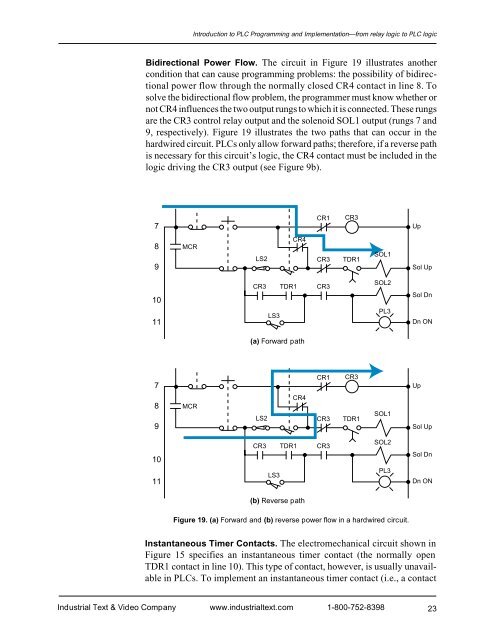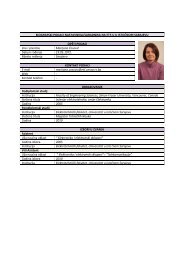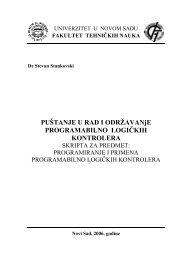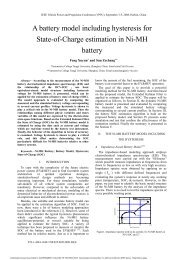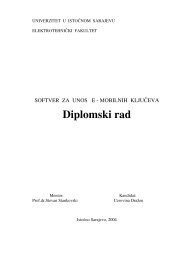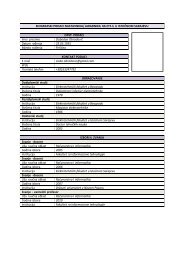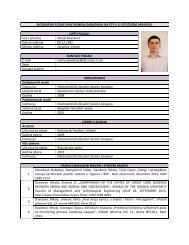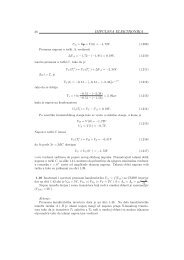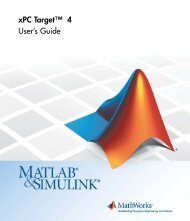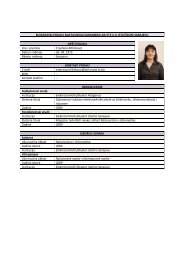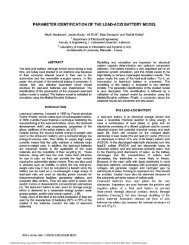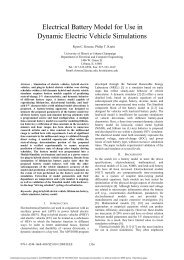Programmable Controllers: Theory and Implementation
Programmable Controllers: Theory and Implementation
Programmable Controllers: Theory and Implementation
- No tags were found...
You also want an ePaper? Increase the reach of your titles
YUMPU automatically turns print PDFs into web optimized ePapers that Google loves.
Introduction to PLC Programming <strong>and</strong> <strong>Implementation</strong>—from relay logic to PLC logicBidirectional Power Flow. The circuit in Figure 19 illustrates anothercondition that can cause programming problems: the possibility of bidirectionalpower flow through the normally closed CR4 contact in line 8. Tosolve the bidirectional flow problem, the programmer must know whether ornot CR4 influences the two output rungs to which it is connected. These rungsare the CR3 control relay output <strong>and</strong> the solenoid SOL1 output (rungs 7 <strong>and</strong>9, respectively). Figure 19 illustrates the two paths that can occur in thehardwired circuit. PLCs only allow forward paths; therefore, if a reverse pathis necessary for this circuit’s logic, the CR4 contact must be included in thelogic driving the CR3 output (see Figure 9b).7CR1CR3Up89MCRLS2CR4CR3TDR1SOL1Sol Up1011CR3 TDR1LS3CR3SOL2PL3Sol DnDn ON(a) Forward path7CR1CR3Up89MCRLS2CR4CR3TDR1SOL1Sol Up1011CR3 TDR1LS3CR3SOL2PL3Sol DnDn ON(b) Reverse pathFigure 19. (a) Forward <strong>and</strong> (b) reverse power flow in a hardwired circuit.Instantaneous Timer Contacts. The electromechanical circuit shown inFigure 15 specifies an instantaneous timer contact (the normally openTDR1 contact in line 10). This type of contact, however, is usually unavailablein PLCs. To implement an instantaneous timer contact (i.e., a contactIndustrial Text & Video Company www.industrialtext.com 1-800-752-839823


